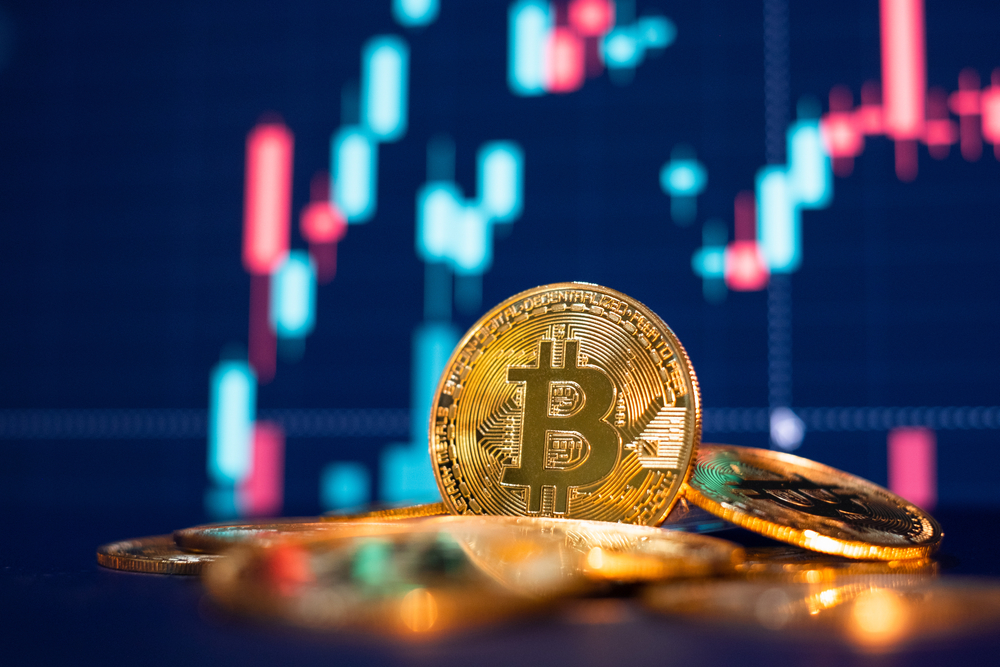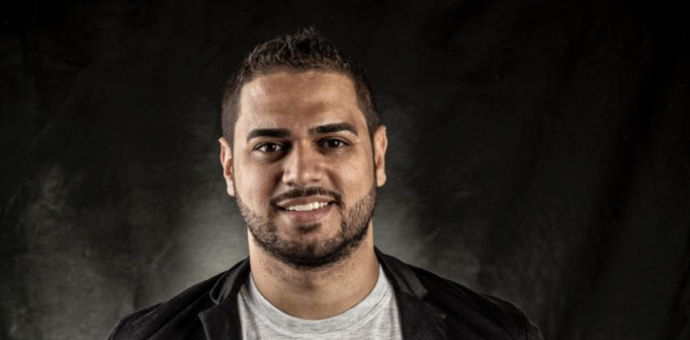For Rafael Izidoro, founder of the first national credit fintech with bitcoin as collateral, the recent currency volatility and platform users’ behavior have shown that the market is maturing and that those who own the asset do not want to get rid of it.
“We granted a credit of up to 50% of the amount (in bitcoin) left as collateral. When the first price fall occurred, we made a margin call, requesting that the user increase their guarantee or pay off a larger amount of debt, balancing the ratio between the guarantee and outstanding balance. The result was that everyone responded to the request and complied with the request”, he said. He also mentioned that Rispar decided to make an experiment in the second fall and did not issue the margin call.
“Even so, we had no default. This proves that the market is mature and users do not want to get rid of their bitcoin”, Izidoro said in an interview with Panorama Crypto. Check out the main excerpts of the interview.
Why does this movement of the platform users demonstrate the maturing of the market?
We realize that people don’t want to discard their bitcoin, even if the price has fallen. That is, they are users who already understand the value of that asset and trust in its recovery and appreciation. In other words, they know it doesn’t make sense to sell at the time of the fall.
There is even an interesting fact regarding credit with BTC as collateral. Many people may be interested in buying more bitcoin, but have no money in a bearish moment. Then, it is possible to get a loan for this, leaving the asset you already have as collateral. This is an indicator of confidence in the fundamentals of the currency.

In your opinion, what is the trend for bitcoin?
The use of bitcoin as collateral for granting credit already demonstrates that we strongly believe in its long-term appreciation. That’s why we took this risk. In the short term, I believe that the BTC tends to recover by the end of the year, reaching the values at which it was until March. We already notice a positive movement.
For example, after the departure of miners from China, which brought the first fall, we have noticed that other markets are embracing mining. Texas is even campaigning to attract miners. Thus, we believe that the insecurity will disappear, and bitcoin will recover again. Talking about numbers is hard, but I’m laser eyes on my Twitter feed. I believe BTC will reach US$ 100,000, but it poses no risk to fiat money. We may even move towards that level, but not in this generation.
Are digital currencies issued by central banks a gateway to the crypto universe?
At the very least, CBDCs will pique people’s curiosity, who will want to understand what blockchain is and know why a central bank is using a technology created by bitcoin. But in fact, the real is already digital. There is PIX, digital transfers, virtual cards. What’s the difference?
The big change will come with financial education. When people understand that inflation is compromising their assets and look for ways to protect themselves, they will eventually come to the concept of scarcity. Today, it is no use talking about programmed scarcity if people don’t even understand the concept of money. The real value of bitcoin is digital scarcity.
What is the profile of Rispar users?
As I mentioned, these are people who trust bitcoin and do not want to discard the asset. We lend up to R$ 300 thousand, but our average ticket is R$ 30 thousand. We realized that the users who come to Rispar through an exchange have a lower ticket, but those who come alone are investors who want the credit of R$ 100 thousand, R$ 200 thousand…
For now, we lend only to individuals, but we will launch credit to legal entities soon, with geat care, such as actions to prevent money laundering and slush funds.
How does a loan with bitcoin as collateral work?
Before Rispar was founded, I had set up a microcredit company. Around the same time, I learned about Bitcoin and started to understand more about its fundamentals. At the same time, I came across problems in the credit sector.
Asking for credit is seen as a bad thing in Brazil. But credit is important to foster new business. However, interest rates are pretty high. Often, the risk for those who need credit is too high, and the person ends up not being able to pay off the loan, which turns into a snowball. While in developed countries, the interest rate is 1.5%, the average is between 8% and 9% in Brazil.
This happens for several reasons. For instance, those who finance property and do not pay the installments can lose it. However, for the creditor to receive the value there is a judicial procedure and the property going to auction, which can take a long time. With bitcoin, settlement takes 10 minutes, which is the time it takes to generate a block.
When we launched the platform, the interest rate was 0.99% to 3.79% per month, which was already low. Now we can reduce even further, with a minimum rate from 0.49%.
In June, we launched a new product, called Protected Collateral. In practice, the user agrees to pay a slightly higher fee (between 0.2% and 0.4% above the standard fee) and, regardless of any fall in BTC, we will not make margin calls.
We also brought innovation to the national credit market. Until recently, we used the Amortization Schedule, which includes credit repayment plus interest. Now we are using the so-called American system of amortization, in which the person pays only the monthly interest. In the last installment, the outstanding balance must be paid off. This allows users to make better use of the amount borrowed. If it is not possible to pay off the amount, we refinance.
Another product we are developing is the installment sale of bitcoin. For example, the interested party leaves 1 bitcoin as collateral and installment at 12 times the value of another, taking advantage of an occasion of falling prices.
Besides bitcoin, do you make loans in other currencies?
No. We intend to put other coins in the future, but it is not our priority. Bitcoin is the most used cryptocurrency, and we want to reach a wider audience. We are also in the process of modeling a new product with stablecoin, but it is still in the very early stages.







